[Explanation with photos! ] How to freeze taro, storage period, and 5 recipes!

Did you know that taro can be frozen?
A muddy taro is difficult to clean, and the skin is slippery and difficult to peel.
If you plan to eat a lot of taro, we recommend preparing it all at once and freezing it.
Freezing prepared taro is very convenient when you are short on one item or feel like you don't have enough volume.
We will introduce recommended recipes, including ways to freeze food so that it won't fall apart when boiled, and ways to save food that require less preparation.
目次
Advantages of freezing taro
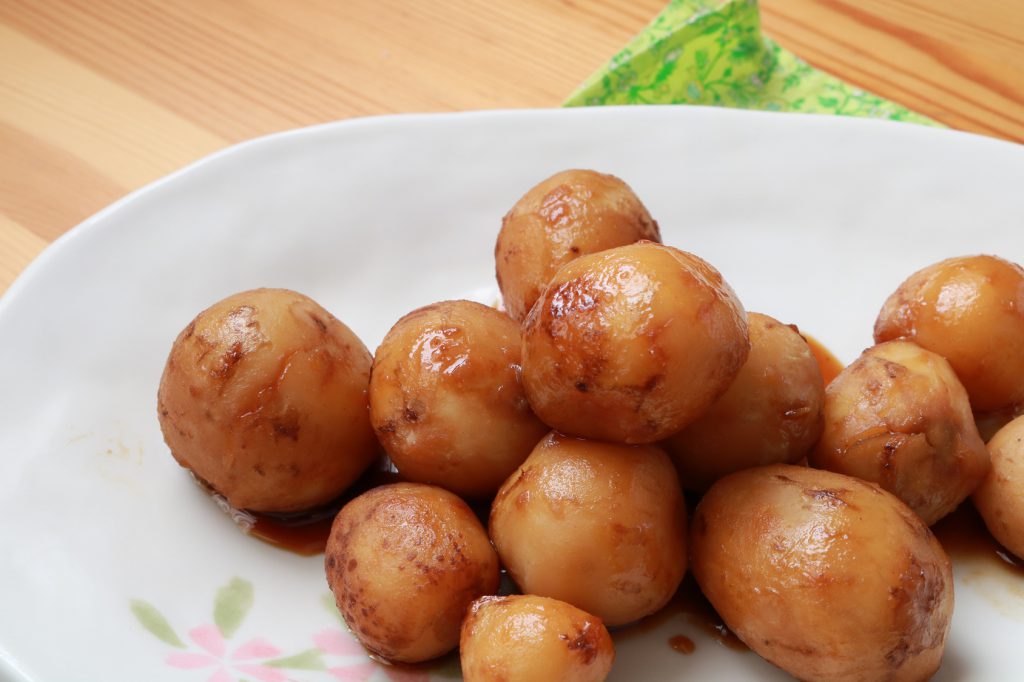
It saves cooking time
Freezing taro will save you time when cooking.
It takes a lot of time to wash, peel and cook taro when it's time to make dinner.
However, if you have taro that has been washed, peeled, and parboiled, you can make a dish right away.
Rather than preparing a small amount of taro each time you use it, it is easier to prepare all the taro you have bought in your spare time.
By freezing the taro and then thawing it, the cells break down and the flavor absorbs more easily, so you can shorten the simmering time.
Also, if you find it difficult to peel the taro, you can easily peel it by freezing the taro after washing it.
Can be stored for a long time
Freezing taro allows for long-term preservation.
Taro with mud can be stored for a long time by storing it in a well-ventilated place that is neither too hot nor too cold.
The summer indoors of ordinary homes without a barn can get too hot.
Taro, whose optimum temperature is between 10°C and 25°C, is not suitable for refrigerated storage as it may suffer from low temperature damage.
When frozen, food enters a hibernation-like state, so it can be stored for a long time without suffering from cold-temperature problems.
Freezing method
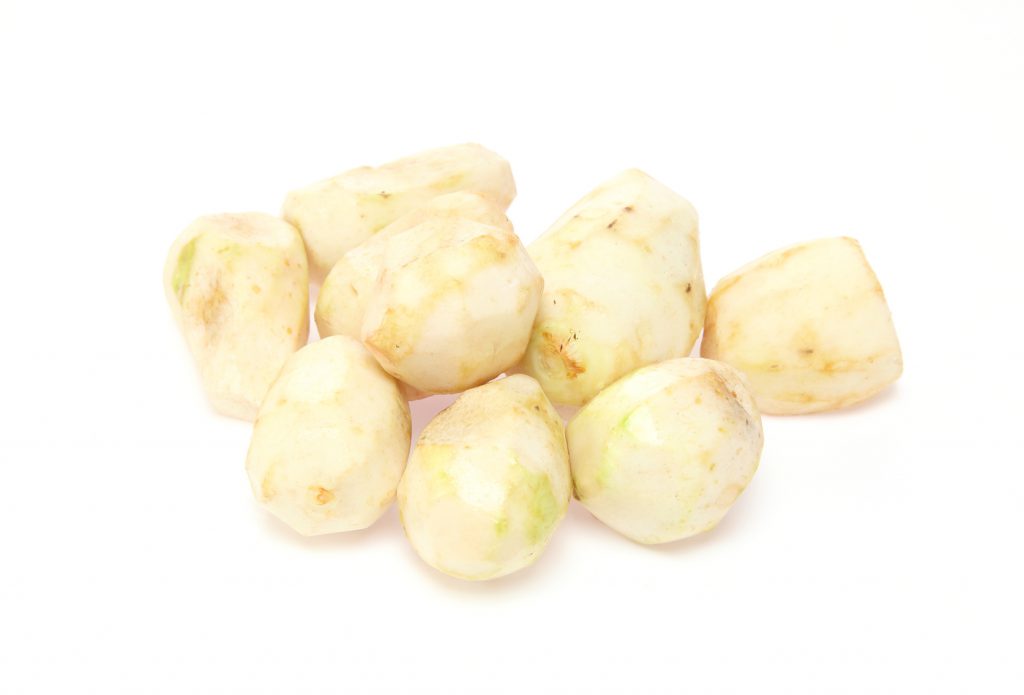
How to freeze raw taro
1) Wash the taro thoroughly, leaving the skin on.
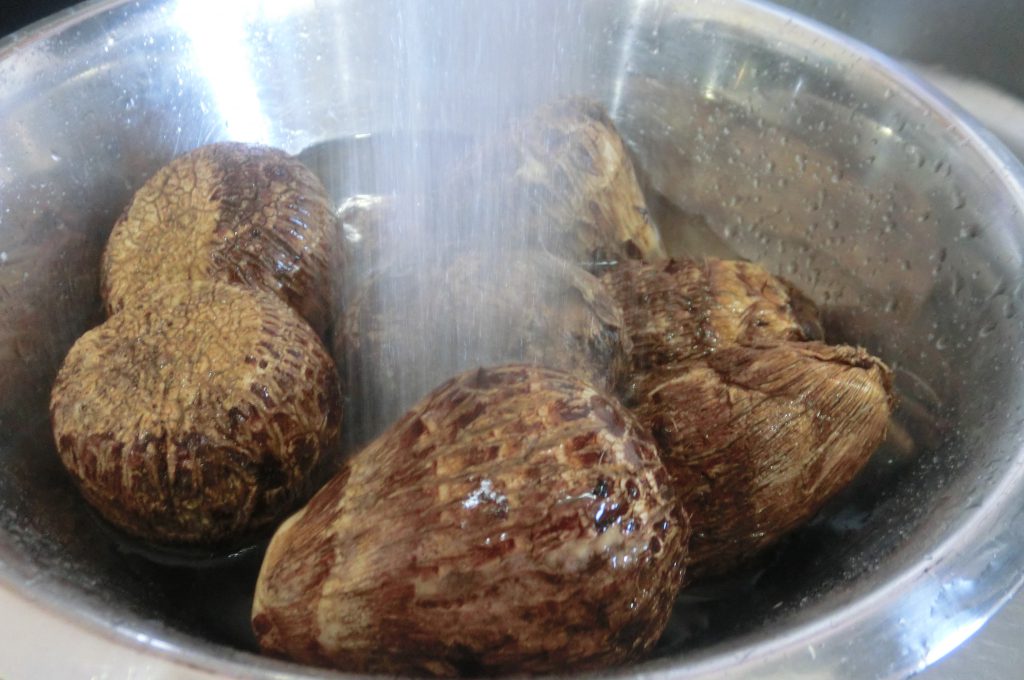
If you have a lot of taro, fill a bucket with water from the public tap and stir it with a stick to rub the taro against each other and wash them thoroughly. Repeat by changing the water several times until the water is clean.
2) Dry the taro in the sun.
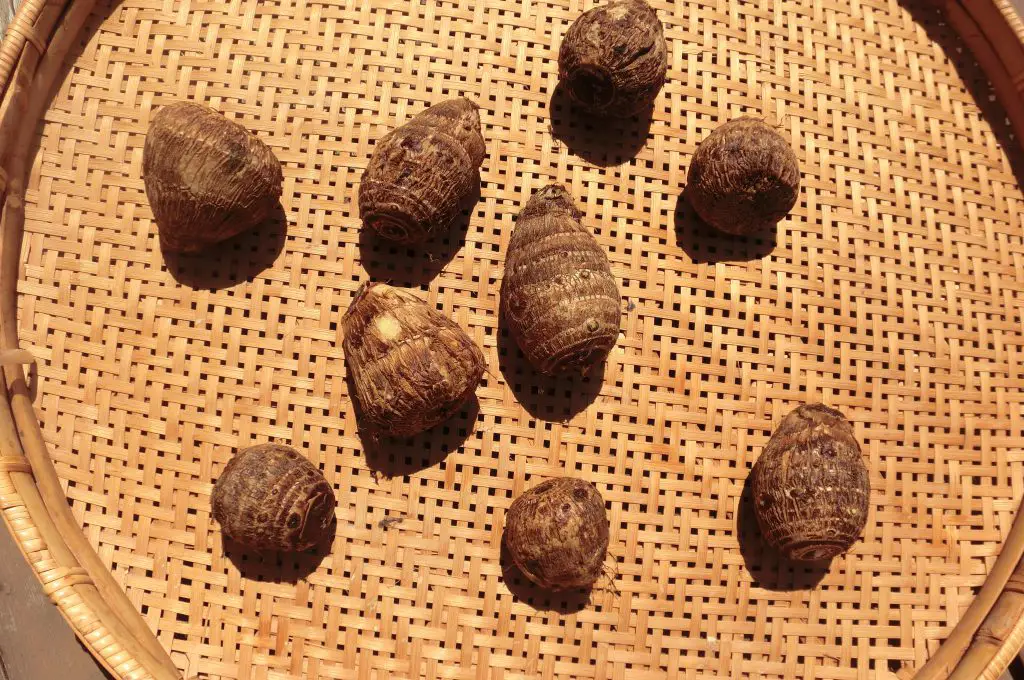
Once it's clean, spread it on a colander and dry it in the sun.
3) Peel the skin.
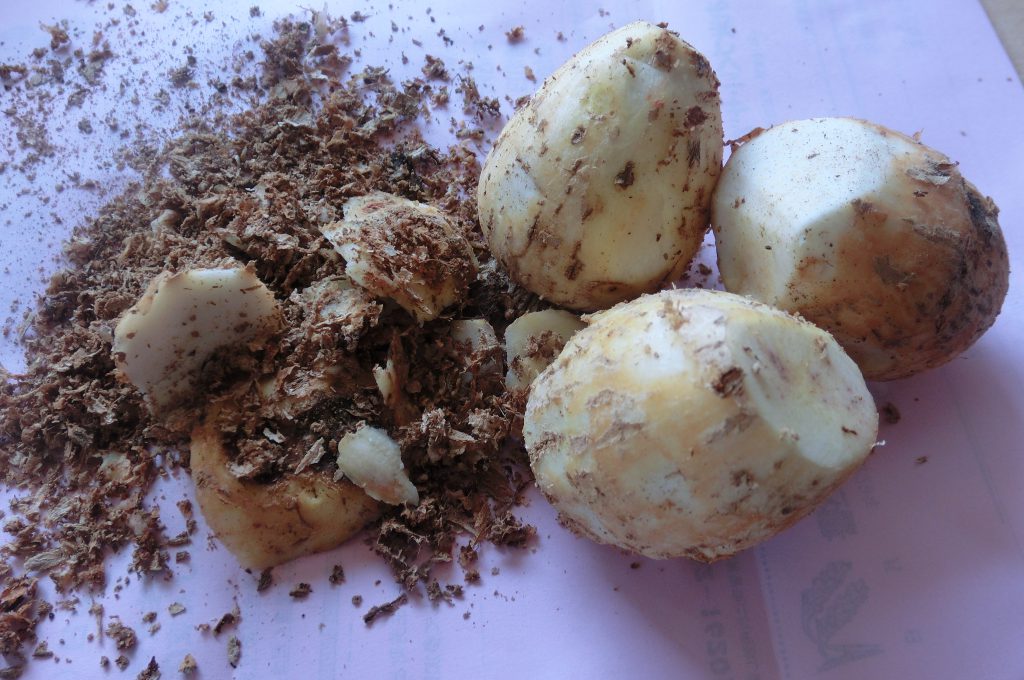
You can also peel it, but scraping off the skin with a knife will prevent it from breaking down.
If your knife or hands are wet, the skin will become slimy, so be sure to peel it when it's dry.
4) Wash away dirt on the surface.
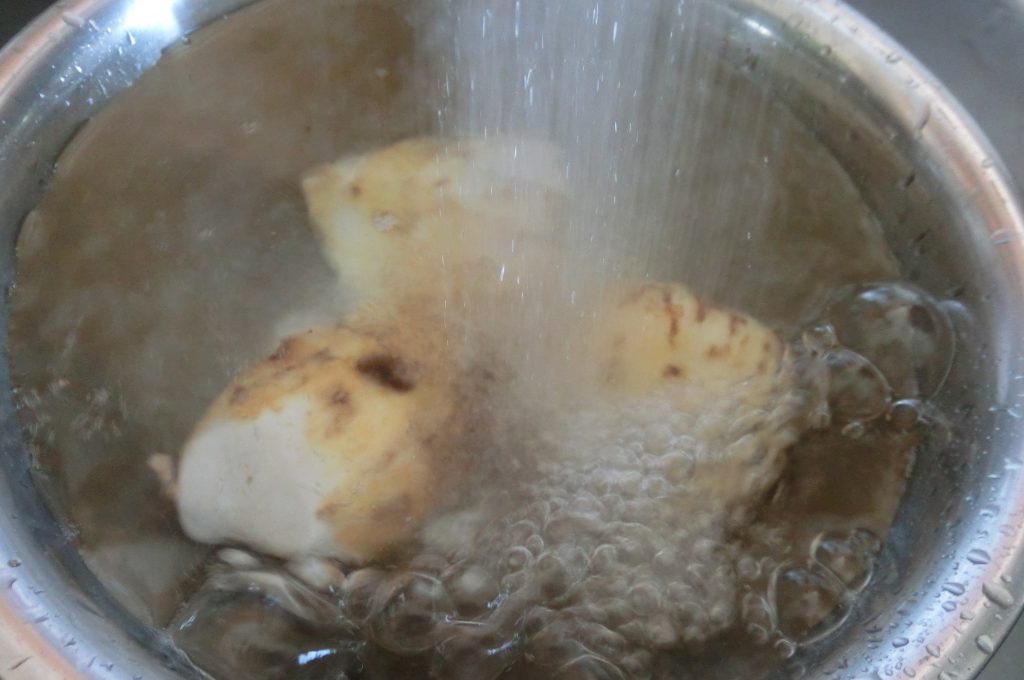
5) Cut into easy-to-use sizes.
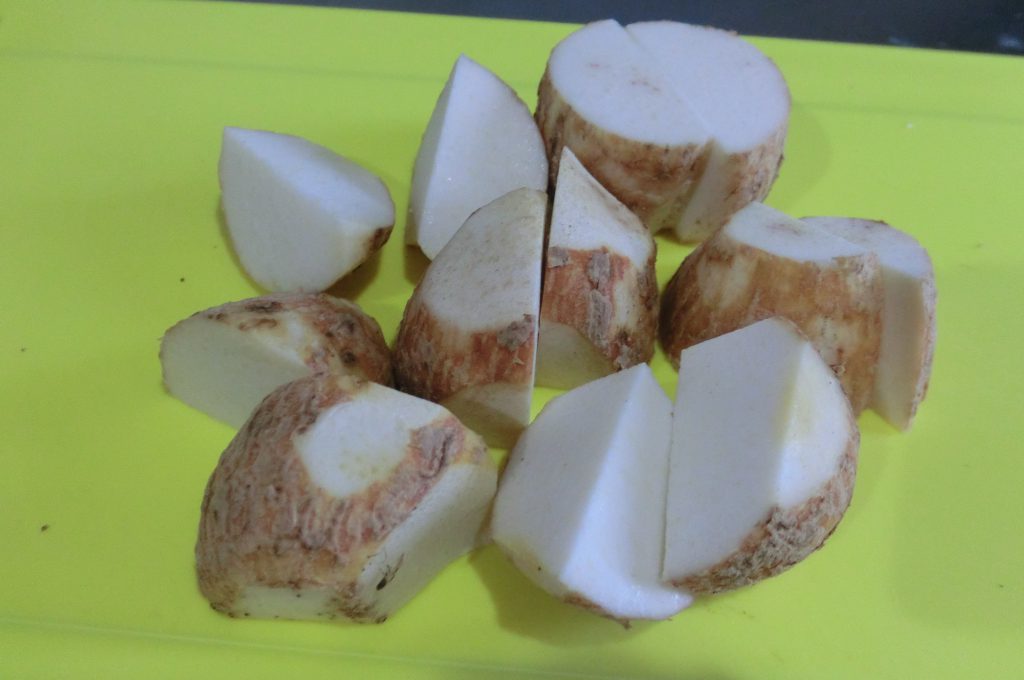
It is convenient to cut them into pieces according to their intended use, such as larger pieces if you are using them for stews, or ginkgo pieces if you want to add them to miso soup, etc.
6) Dry the surface again in the sun.
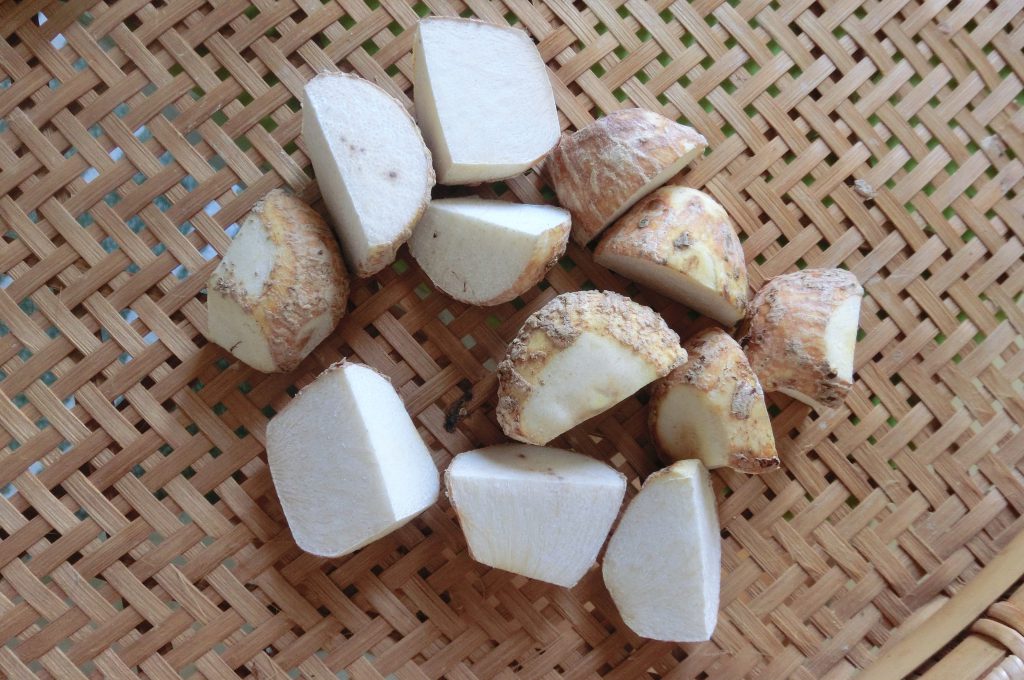
If drying in the sun is difficult, you can dry it in the refrigerator by placing it in a colander and turning it upside down occasionally without wrapping it.
Keeping it dry will prevent it from boiling down.
7) Spread it flat in a ziplock bag, squeeze out the air, and store in the freezer.
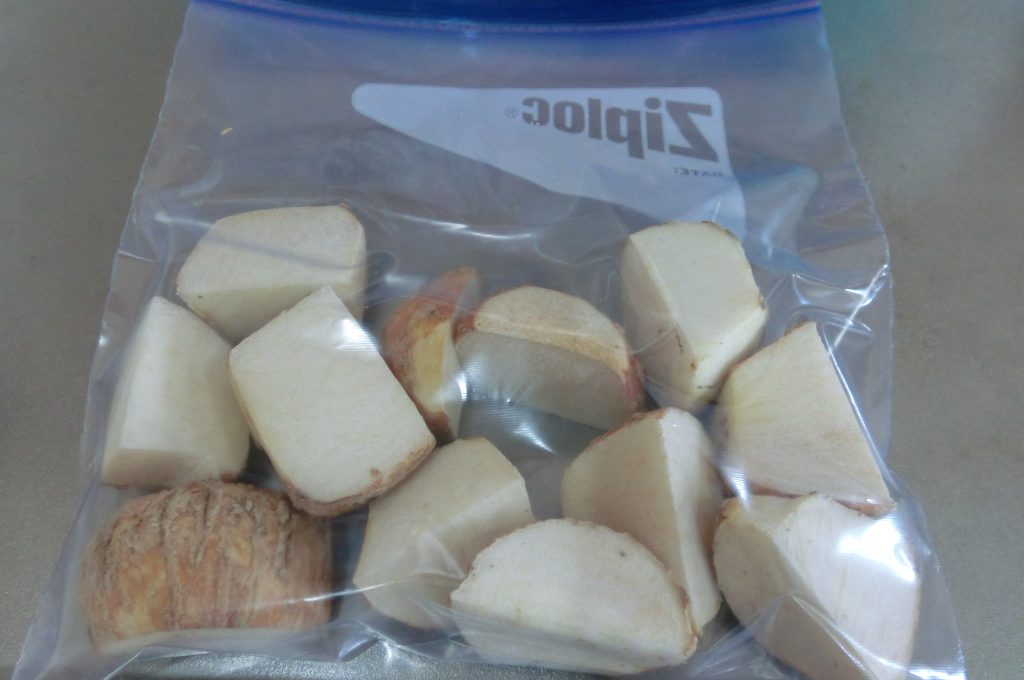
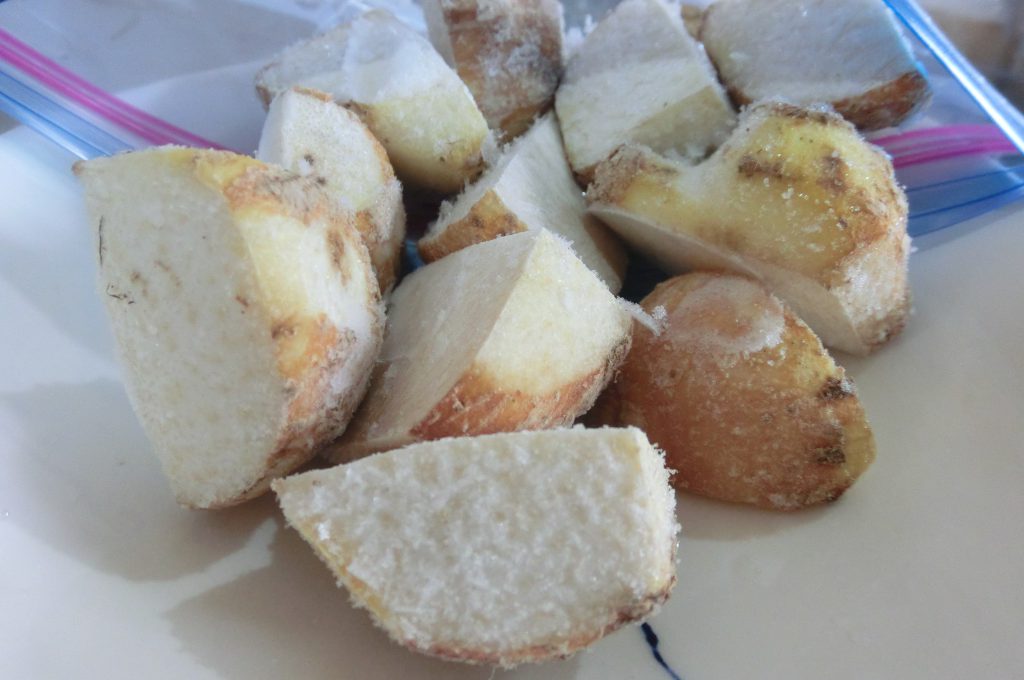
How to boil and freeze taro
1) Wash the taro thoroughly and cut off the top part with a knife.
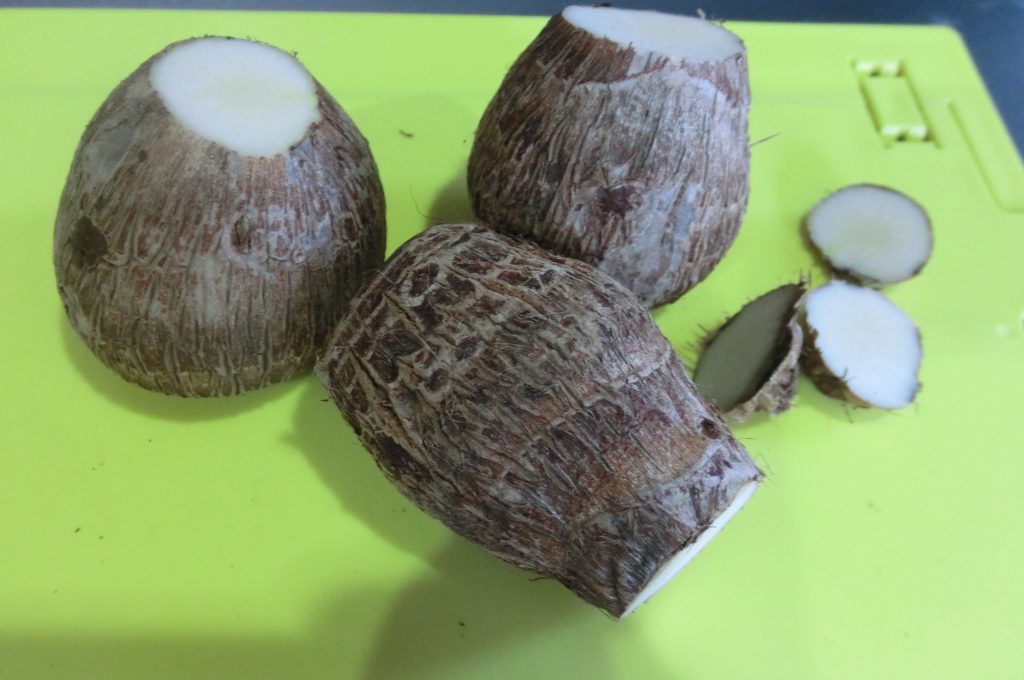
2) Cook the taro until you can easily insert a bamboo skewer through it.
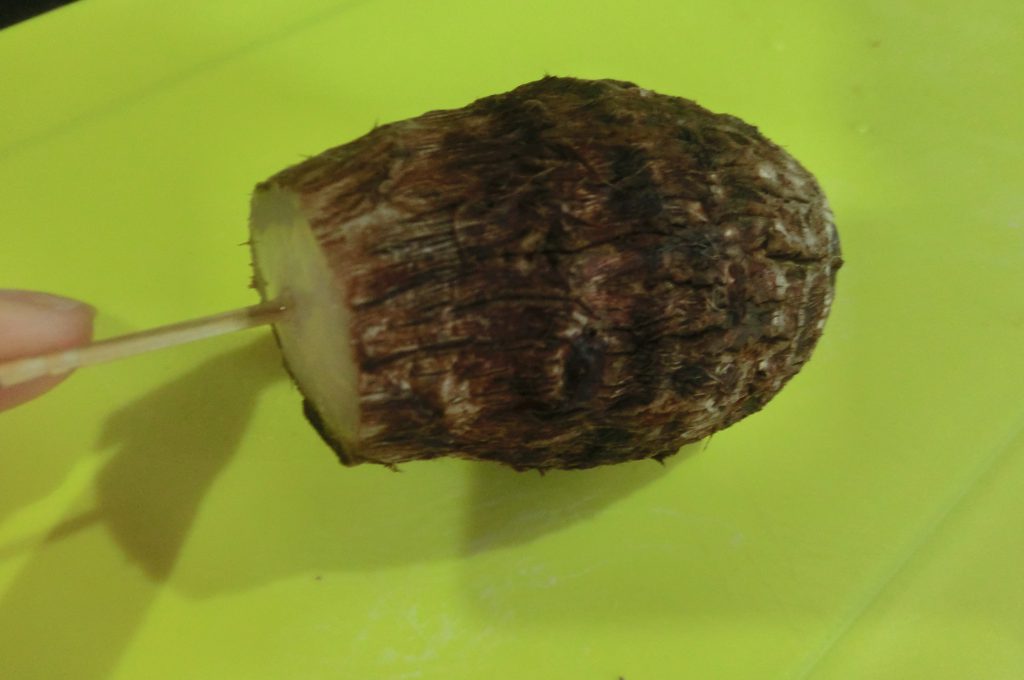
You can heat it in the microwave or boil it.
3) Let it cool.
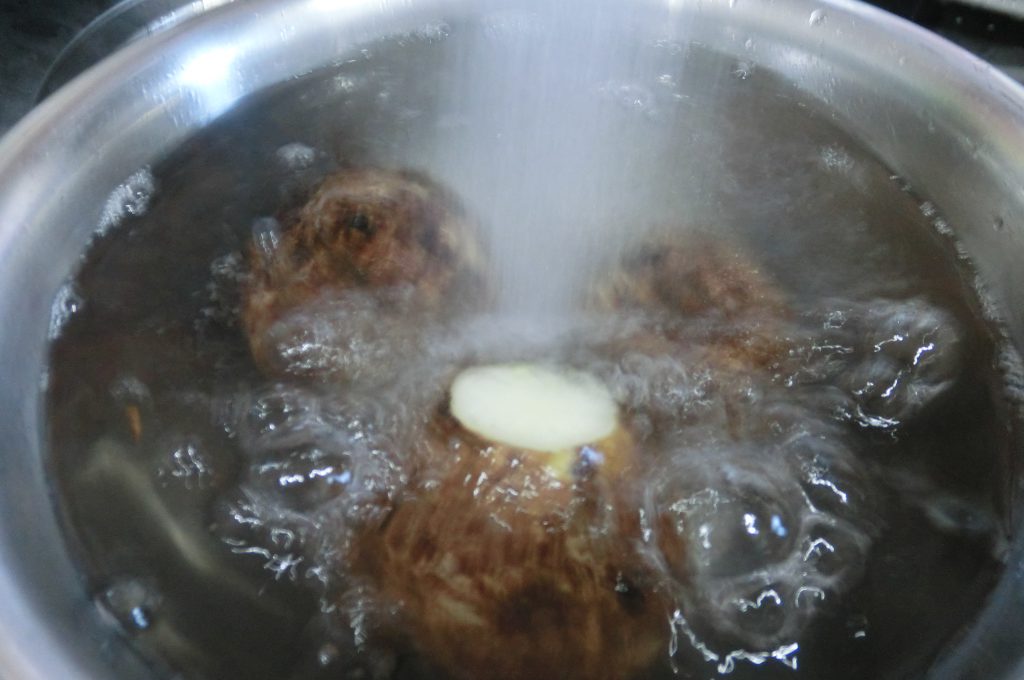
Cool in cold water until you can touch it, but be careful not to let it cool too much or it will be difficult to peel.
4) Peel the skin.
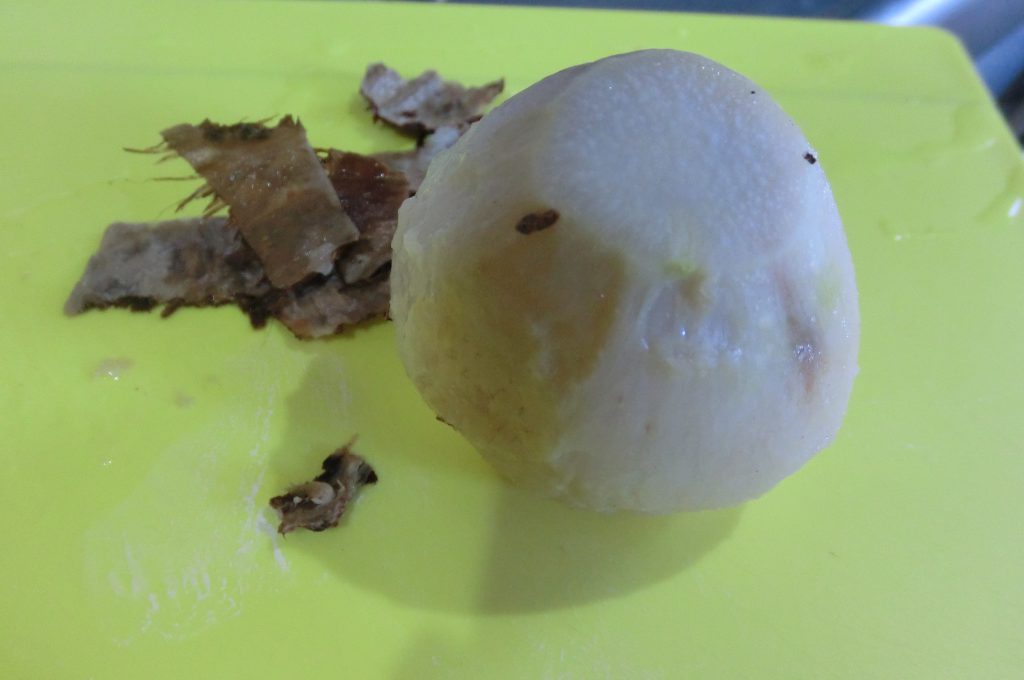
By heating it, you can easily peel it.
5) Cut into easy-to-use sizes.
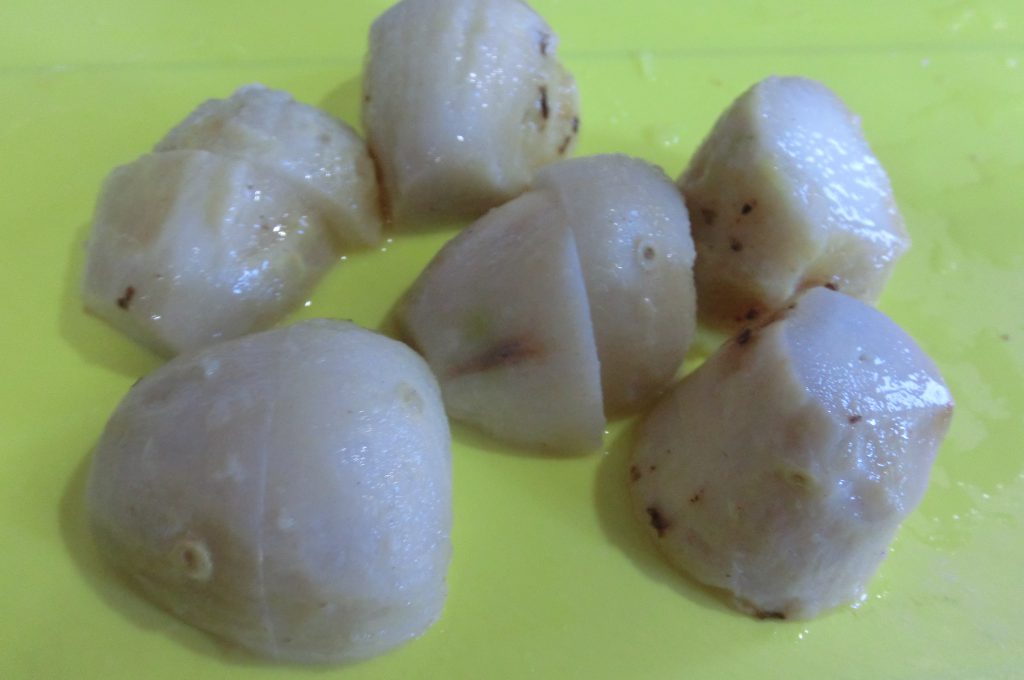
6) Wipe off the moisture on the surface and let it dry.
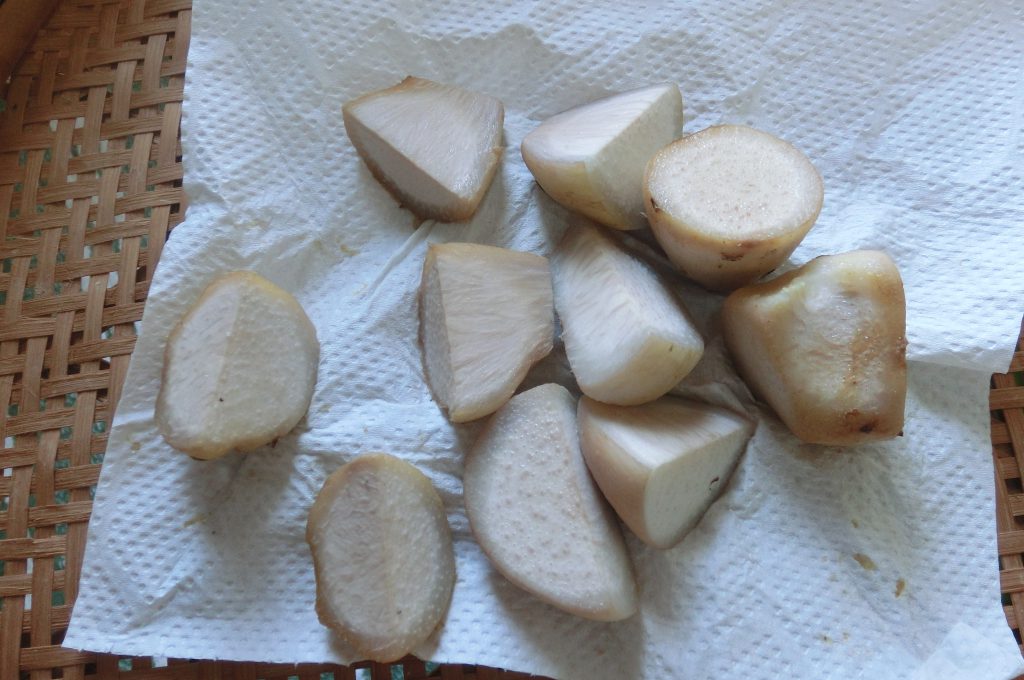
You can just wipe it off with kitchen paper, but drying it in the refrigerator or in the sun will prevent it from breaking down.
7) Place as flat as possible in an airtight container such as a ziplock bag, remove air, and freeze.
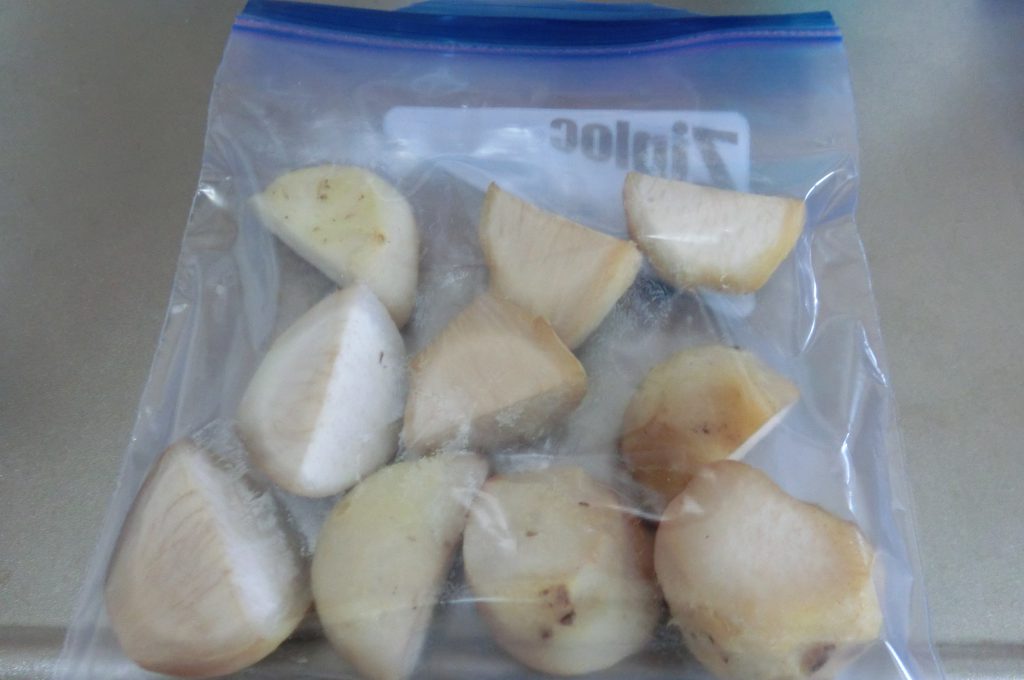
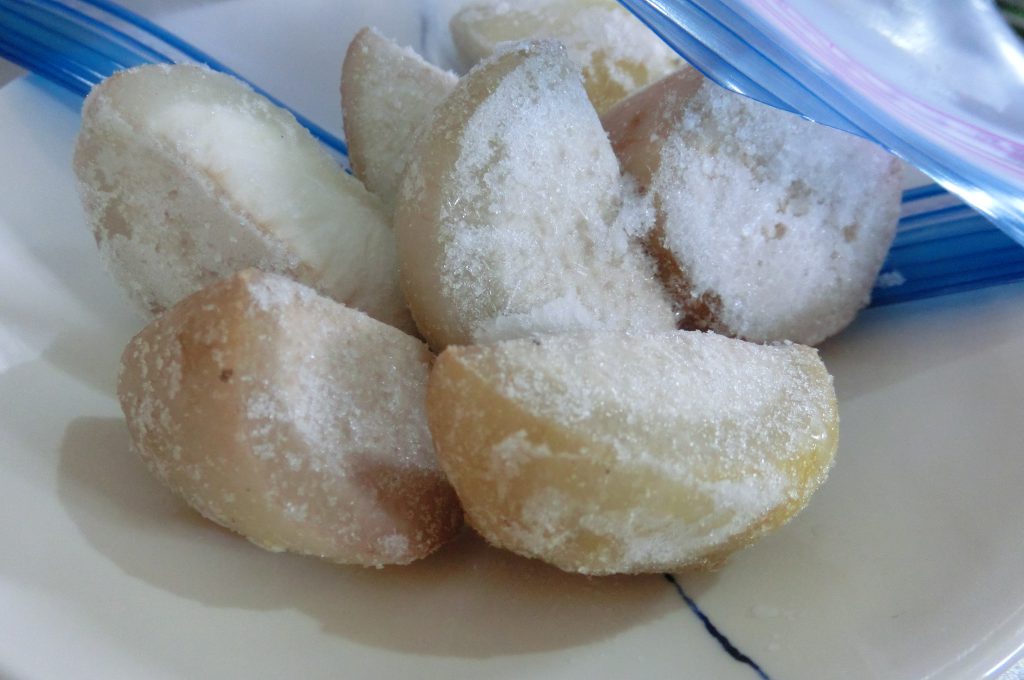
How to freeze taro with the skin on
If it's larger than 5cm, just freeze it to make it easier to peel. If they are smaller than that, boil them and then freeze them so that you can easily peel them.
1) Wash the taro thoroughly.
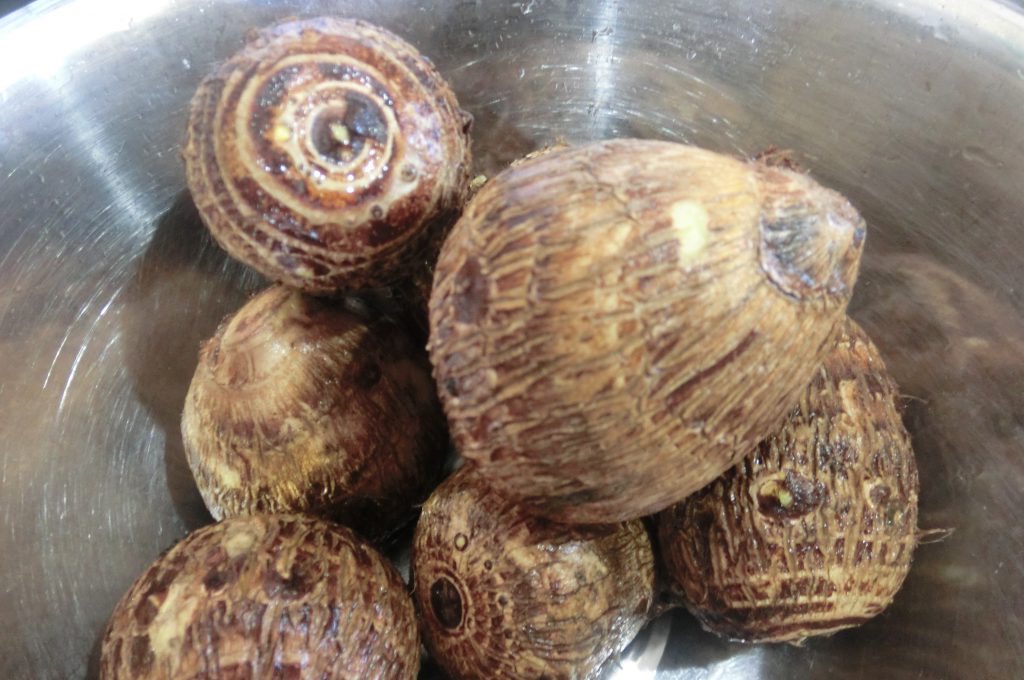
2) Boil small ones for about 5 minutes.
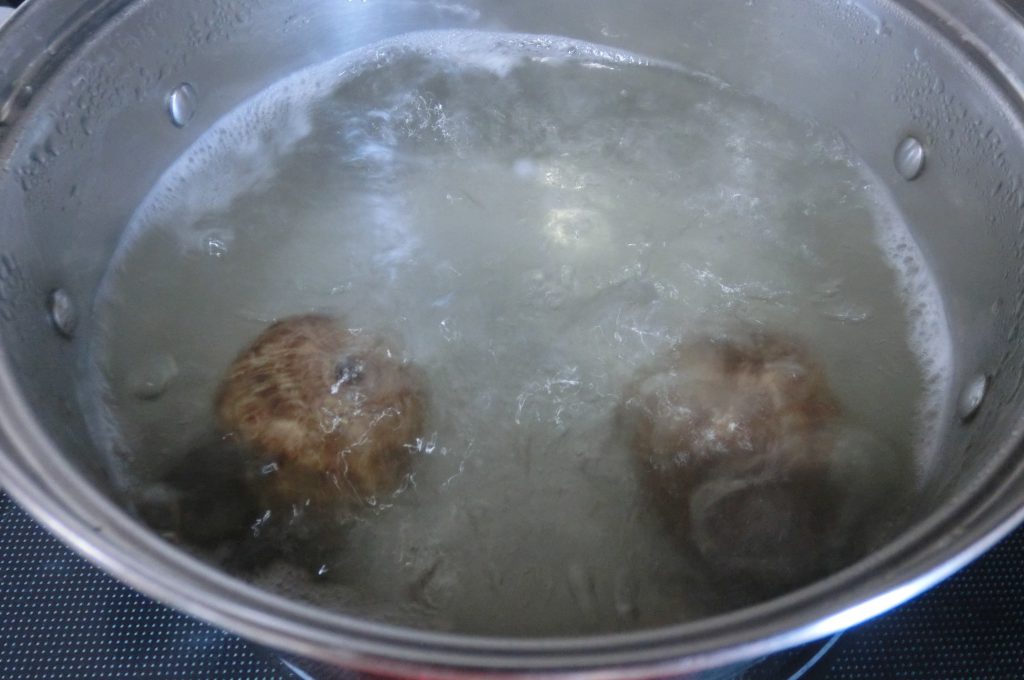
3) Wipe the moisture thoroughly with kitchen paper, etc., place in a Ziploc bag so that there are no overlaps, remove the air, and freeze.
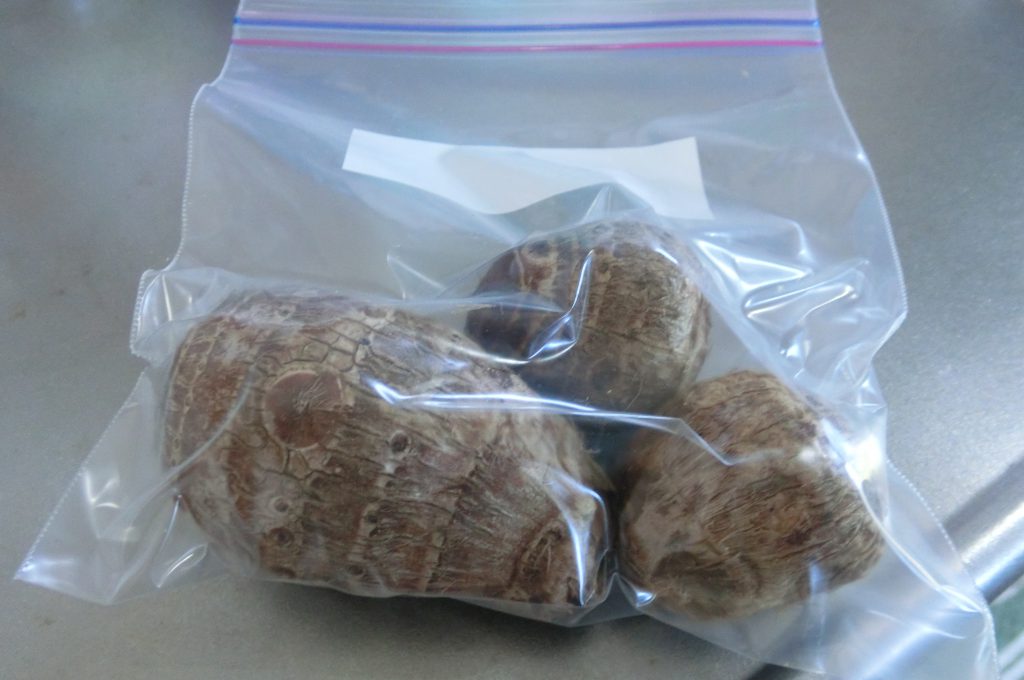
Be careful not to leave it wet as the taro will stick together.
4) When you are ready to use it, take it out of the freezer, soak it in water, thaw just the skin, and then peel it.
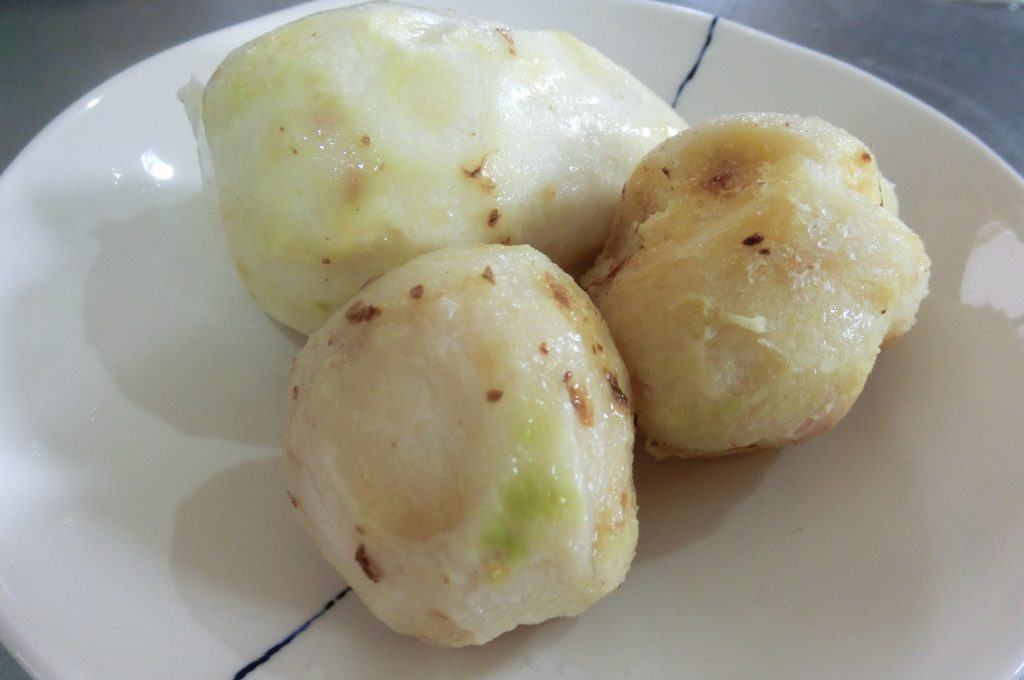
>> 3 points to keep in mind when preserving vegetables
Thawing method and storage period
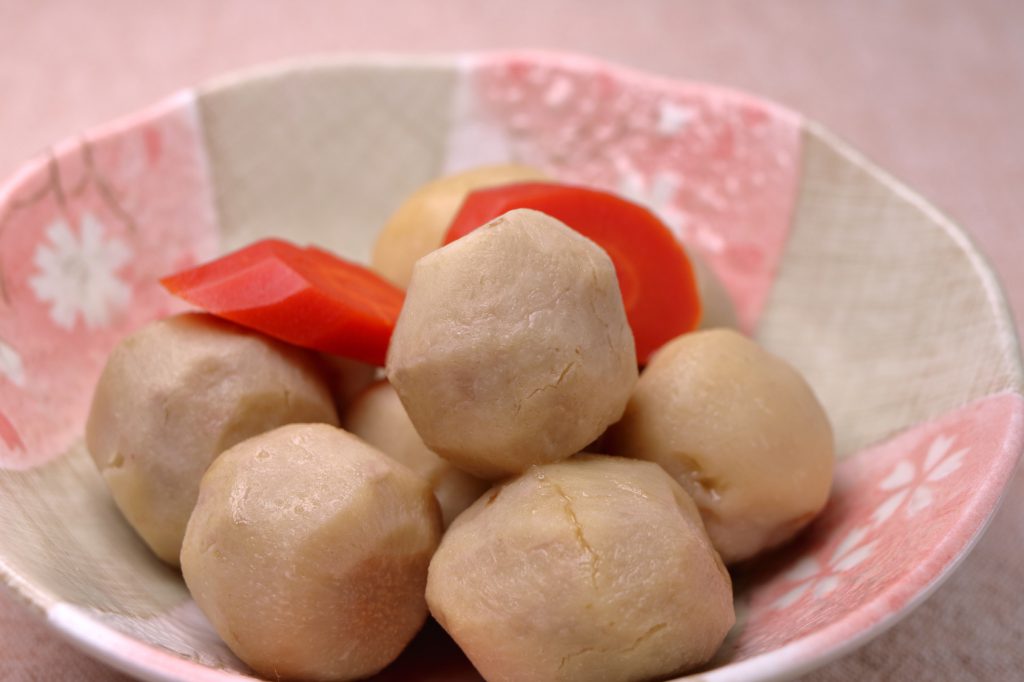
How to thaw frozen taro
Frozen taro can be used directly for cooking.
If you have boiled and then frozen taro, you can thaw it in the microwave and then serve it with soy sauce.
When using it for simmered dishes, the flavors tend to soak in easily, so we recommend turning off the heat once it boils and letting the residual heat soak in the flavors.
Storage period of frozen taro
Please aim to eat frozen taro within one month.
Washed taro has a shelf life of about one week, so it's nice to be able to store prepared taro for a month.
5 easy recipes using frozen taro
Quick and easy with frozen taro! Hokuumami pork soup

Source: https://cookpad.com/recipe/3262328
☑〈材料4人分〉
・豚肉 100ℊ
・人参 半分
・玉ねぎ 小1個
・冷凍里芋 4個
・キャベツ 2枚
・ねぎ お好みで
・味噌 大さじ4
・水 4カップ
・だしの素 適量
・醤油 お好みで
・ごま油 適量
<How to make>
1) Cut your favorite vegetables such as carrots, onions, and cabbage into bite-sized pieces.
Vegetables that are difficult to cook, such as carrots, can be cooked faster by cutting them thinly.
2) Once the pot is heated, add the sesame oil and add the carrots, onions, and cabbage in order of slowness to heat.
3) Stir fry until cooked through.
4) Add water and stock, heat over medium heat, and when it comes to a boil, add frozen taro.
5) Once it boils again, lower the heat and simmer until the vegetables are soft, then turn off the heat and add the miso.
6) Fry the pork in a frying pan with a little sesame oil, and when it changes color, add the oil to the pan.
7) Add soy sauce to your preference, scatter chopped green onions around the bowl, and it's done.
If you don't have time, you can stir-fry the pork with the vegetables, but adding it at the end will keep the meat tender.
Great with both meat and squid! Frozen taro DE stew
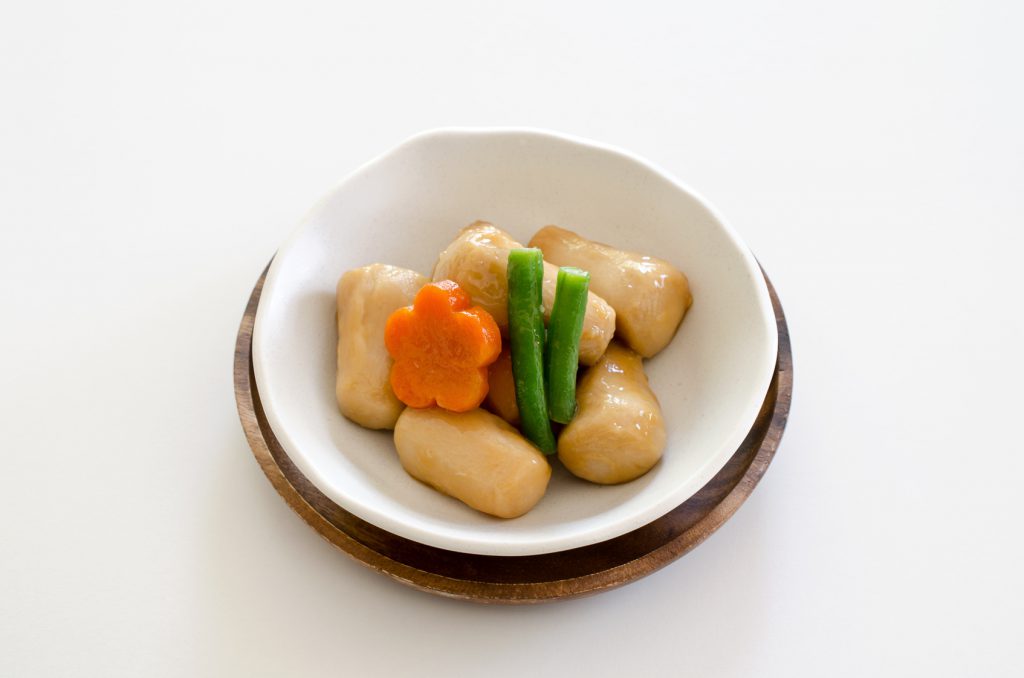
Source: https://cookpad.com/recipe/1426119
☑〈材料2人分〉
・冷凍里芋 10~15個
・三温糖(砂糖でも可) 大さじ2
・塩 小さじ1/4程度
・醤油 大さじ1+1/2
・水300㏄
・だしの素 小さじ1強
<How to make>
1) Put all ingredients except taro in a pot and heat.
2) When it comes to a boil, add the frozen taro.
3) Cover with a lid and simmer on medium heat for 10 to 15 minutes and it's ready.
If you use taro that has been boiled and then frozen, reduce the cooking time.
If you like, you can enjoy a different flavor by boiling it with meat, squid, shiitake mushrooms, fried tofu, etc.
Save time with frozen taro! Crispy fried taro

Source: https://cookpad.com/recipe/2882774
☑〈材料〉
・冷凍里芋 好きなだけ
・醤油 適量
・片栗粉 適量
・サラダ油 適量
・塩 適量
<How to make>
1) If you don't have frozen taro cut into 5mm rounds, thaw it until you can insert a knife into it, then cut it into 5mm rounds.
2) If any moisture comes out, wipe it well and place it on a heat-resistant plate.
3) Pour soy sauce evenly over the taro and let it sit for about 5 minutes.
4) Sprinkle a thin layer of potato starch.
5) Add enough oil to cover the whole frying pan, arrange the ingredients in 4) so that they do not overlap, then turn on the heat over low heat.
6) Heat slowly over low heat, making sure not to touch it too much.
7) Check the other side occasionally and when it turns golden brown, turn it over and cook until both sides are golden brown.
8) Once baked, take it out on kitchen paper to drain the oil, sprinkle with salt to your preference, and it's done.
The net deliciousness will make you addicted! Mash taro salad

Source: https://cookpad.com/recipe/4177815
☑〈材料5人分〉
・冷凍里芋 500ℊ
・塩(出来れば岩塩などの粗い塩) 小さじ1
・マヨネーズ 大さじ1
・ベーコン(出来ればブロック) 適量
・粗挽き黒胡椒 少々
<How to make>
1) Cook the frozen taro until it becomes soft.
You can boil it, but steaming it or heating it in the microwave locks in the flavor, so it's recommended.
2) While it's still warm, put it in a plastic bag, mash it with the bottom of a bottle, add salt and mayonnaise, and mix it up.
3) Cut the bacon into small sticks and fry slowly in a lightly oiled frying pan over low heat until crispy.
4) Arrange 2) in a bowl, top with 3) along with oil, sprinkle with black pepper, and it's done.
Baby food made from frozen taro! Hand-held oyaki

Source: https://cookpad.com/recipe/3987251
☑〈材料6個分〉
・冷凍里芋 200ℊ
・ノンオイルツナ水煮 1缶
・青のり 少々
・油 少々
<How to make>
1) Place the frozen taro in a heat-resistant container and heat it in the microwave.
2) Mash it with a fork, then add the green seaweed and canned tuna and mix.
3) Wet your hands with water and shape them into bite-sized pieces.
4) Arrange the ingredients in step 3 in a lightly oiled frying pan and fry until golden brown on both sides and it's done.
You can add soy sauce to the frying pan at the end to add flavor, except for the baby portion.
Conclusion
What do you think of the frozen storage method and recommended recipes for taro?
For those who don't like the preparation, it's easy to wash and freeze them with the skin on.
We recommend preparing the taro in bulk and storing it in a ziplock bag in the freezer, either as is or after parboiling.
By stocking up on ready-to-use frozen taro, you can reduce the burden of cooking.
When peeling the skin, try freezing it, cooking it, or drying it to make it less slimy and easier to peel.
The delicious taro is low in calories compared to other types of potatoes and has lots of nutrients in its slimy texture, so please freeze it and use it in a variety of ways.
>> Click here for how to freeze meat
>> Click here for how to freeze fish
>> 3 points to keep in mind when preserving vegetables








![[Storage period increased by 30 times! ] Achieving a stable supply of raw whitebait!](https://shunkashutou.com/wp-content/uploads/2016/11/579c55e6d32e1385c250e8e7c3ed59a71.jpg)
![[Sales increased 100 times! ] rapid freezing the signature menu “Ni-katsu sandwich”!](https://shunkashutou.com/wp-content/uploads/2016/11/IMG_02391.jpg)
![[Horse sashimi] We have significantly reduced waste loss with rapid freezer!](https://shunkashutou.com/wp-content/uploads/2016/11/5fda59d0cbcdabde18e58c3c58c09ed0.jpg)




![[Storage period increased from 3 days to half a year! ] Restaurants are expanding their business using wholesale and mail order!](https://shunkashutou.com/wp-content/uploads/2018/04/66c19942ab4ba346fdb64ccc04cde373.png)
![[Reduce loss from 200 kg of oysters to zero] Improve loss and expand business with rapid freezer](https://shunkashutou.com/wp-content/uploads/2018/06/19785ca583a8d3c4041c7c192d041b0d.jpg)














![How to freeze bitter gourd and 5 recipes! [Explanation with photos! ]](https://shunkashutou.com/wp-content/uploads/2023/09/8fe0cb793c93d4fd4c26f352d17e5b87.jpg)
![How to freeze delicious strawberries and 5 recipes! [Explanation with photos! ]](https://shunkashutou.com/wp-content/uploads/2023/09/1509eaf30e7a2fc1b5bbc88ae15a4034-1.jpg)
![[Explanation with photos! ] How to freeze hijiki and its storage period, 5 recipes!](https://shunkashutou.com/wp-content/uploads/2023/09/ff6bdc527dd066b7d725a48161d7925d.jpg)
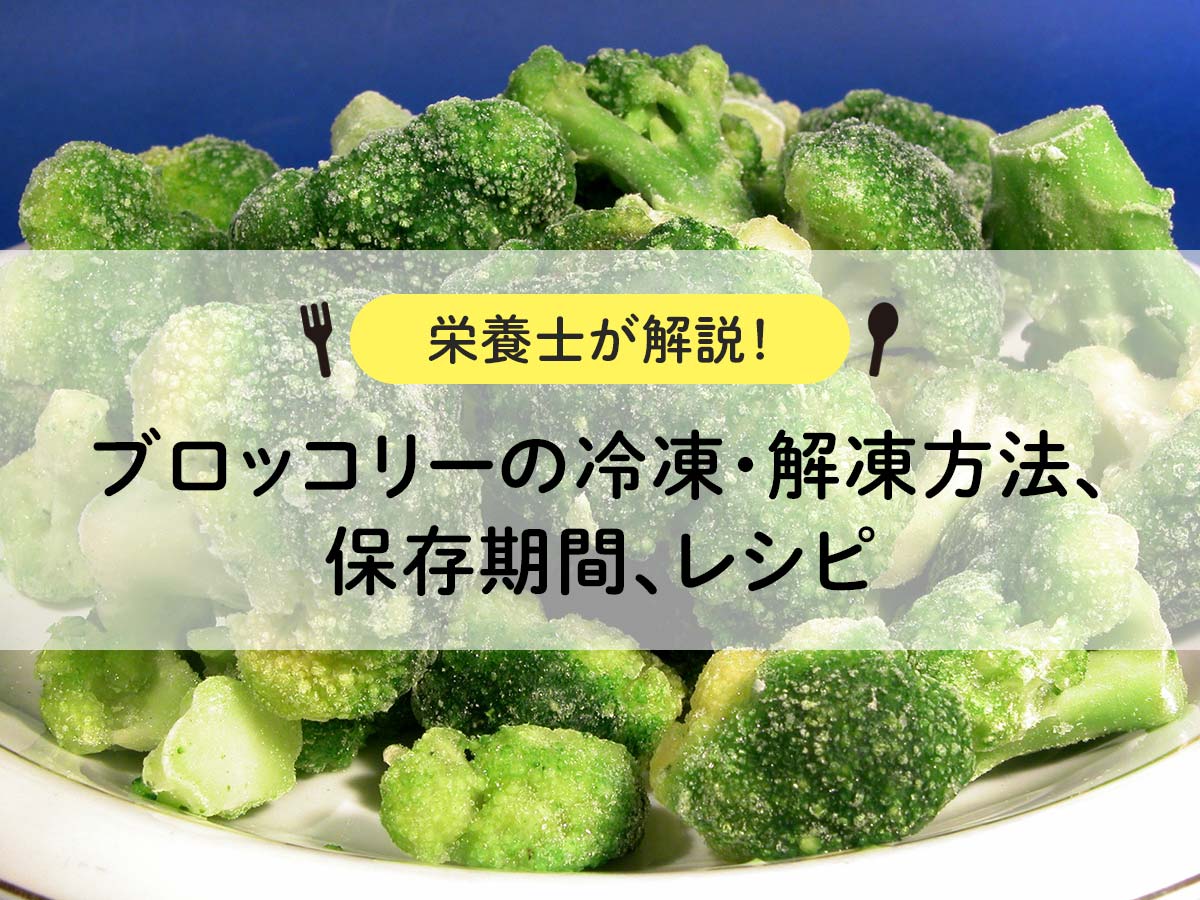
![[Dramatically extends the shelf life of vegetables! ] What is blanching process?](https://shunkashutou.com/wp-content/uploads/2023/07/8fce721a563a0e86a740b4d11dc63766.jpg)
![[How to freeze and store clams to improve nutrition] How to freeze and thaw clams and 5 recipes!](https://shunkashutou.com/wp-content/uploads/2023/07/ecfa61188368277d34c95d6667bf15fe.jpg)
![Introducing recipes for freezing and thawing edamame beans [Explanation with photos! ]](https://shunkashutou.com/wp-content/uploads/2023/08/3b6c4c973e0581c14b4460fa13d99a0e.jpg)
![Introducing how to freeze corn and recipes [Explanation with photos! ]](https://shunkashutou.com/wp-content/uploads/2023/08/195a6cd4120bbae043606a677c71a7dc.jpg)
![Introducing the frozen preservation method and recipe for bamboo shoots [Explanation with photos! ]](https://shunkashutou.com/wp-content/uploads/2023/07/4c47b443710cb5788386ab6fd1fa0a07.jpg)
![[8 times more nutrition! ] Introducing how to freeze clams, storage period, and 5 recipes](https://shunkashutou.com/wp-content/uploads/2023/10/57204e2a2f115f810e29e365cfc86638.jpg)
![How to freeze and thaw chestnuts, storage period, and 5 recipes! [Explanation with photos]](https://shunkashutou.com/wp-content/uploads/2023/09/c590a9e6fb16ed45fe2fdd32813de03b.jpg)
![[Can it be frozen? ] How to freeze cabbage rolls, storage period, and recipe](https://shunkashutou.com/wp-content/uploads/2023/10/f5c1db9a17ef7843ffd45f5ccb160ed5.jpg)
![[How to use leftover sashimi! ] Introducing frozen preservation methods and arrangement recipes](https://shunkashutou.com/wp-content/uploads/2023/10/7451dbe2231dbc559fe002350b8add67.jpg)
![How to freeze mizuna and 5 recipes! [Explanation with photos! ]](https://shunkashutou.com/wp-content/uploads/2023/09/b22c59559b7316b40d35d2555434791e.jpg)
![How to freeze potatoes and a great time-saving recipe! [Moms must see! ]](https://shunkashutou.com/wp-content/uploads/2023/10/potato1-768x512-1.jpg)
![Freezing garlic, storage period, and 5 recipes! [Explanation with photos! ]](https://shunkashutou.com/wp-content/uploads/2023/10/30693b4b122ff6c57afff367b35bc861.jpg)
![[Can it be frozen? ] How to freeze bacon, storage period, and 5 recipes!](https://shunkashutou.com/wp-content/uploads/2023/07/52dff5bc109cd400879fbf9bb35b3856.jpg)

![Introducing how to freeze ginger and recipes [Explanation with photos]](https://shunkashutou.com/wp-content/uploads/2023/09/myoga4-624x432-1.jpg)
![[Explanation with photos! ] How to freeze beef, storage period, and 5 recipes!](https://shunkashutou.com/wp-content/uploads/2023/07/8717f2a867f52157bab47841b0f29019.jpg)


![How to freeze/thaw turnips, storage period, and 5 recipes [Explanation with photos]](https://shunkashutou.com/wp-content/uploads/2023/09/eae0789d04cc4971cf4232963b4d2231-1.jpg)
![[Supervised by a nutritionist! ] How to freeze bean sprouts, storage period, and 5 recipes!](https://shunkashutou.com/wp-content/uploads/2023/09/34f4d39c30e79629a89bf54221841964.jpg)

![Introducing how to freeze lettuce and recipes [Explanation with photos! ]](https://shunkashutou.com/wp-content/uploads/2023/09/e550b4a0d886ba3aa277d5d8fc87ba73.jpg)
![[Can it be frozen? ] How to freeze mashed potatoes, how long they can be stored, and how to use them](https://shunkashutou.com/wp-content/uploads/2023/09/b7f3f25102051473b7c2f9452840a6f4.jpg)
![[Explanation with photos! ] A good way to freeze lotus roots and recipes to use them!](https://shunkashutou.com/wp-content/uploads/2023/10/adac4ea3f269121c4cb5e74b323508f5.jpg)
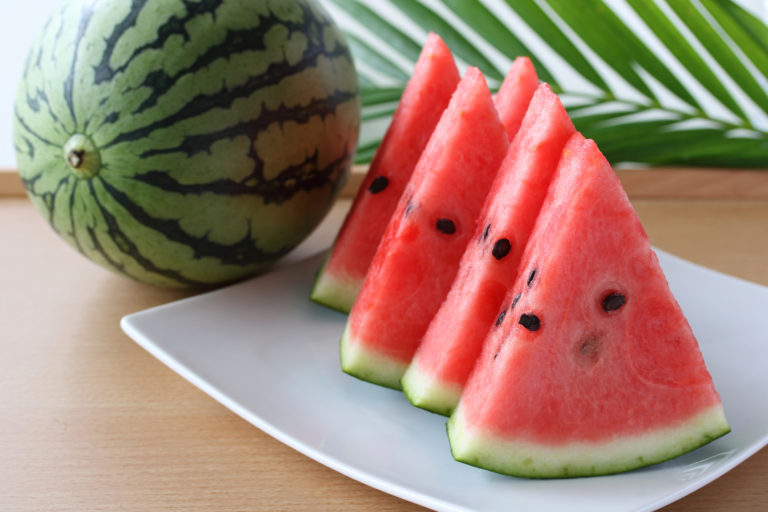
![[Freezing dried persimmons] rapid freezing demonstration](https://shunkashutou.com/wp-content/uploads/2017/01/cc45cd14917f372d2e7aa6a5eeda4583.webp)

![[Explanation with photos! ] How to freeze and fry croquettes, 5 carefully selected recipes](https://shunkashutou.com/wp-content/uploads/2023/09/b364ee97a71777f9dd2e35fddbbdda72.jpg)
![[Explanation with photos! ] How to freeze saury, storage period, and 5 recipes!](https://shunkashutou.com/wp-content/uploads/2023/10/fff0f92d808aca2392b3eb576f218f08.jpg)
![Explaining how to freeze garland chrysanthemums with photos! [Defrosting and storage period, 5 recipes]](https://shunkashutou.com/wp-content/uploads/2023/10/syungiku-catch-768x512-1.jpg)
![[Long-lasting freshness! ] Explaining the advantages and disadvantages of chilled storage and chilled transportation](https://shunkashutou.com/wp-content/uploads/2016/11/64b437bd976e4ef73a85dbb64cdf9fc8.jpg)
![[Import/Export Industry] Advantages and success stories of introducing rapid freezer](https://shunkashutou.com/wp-content/uploads/2015/05/jirei_yunyu_img_01.jpg)

![[Nutrition remains the same! ? ] Introducing how to use frozen vegetables and recommended recipes](https://shunkashutou.com/wp-content/uploads/2023/10/vegetables-reito-1-1-768x511-1.jpg)
![[Should be frozen! ? ] How to freeze and thaw bread, 5 carefully selected recipes!](https://shunkashutou.com/wp-content/uploads/2023/10/4691acc32cab80284fa0cddf72d58e95.jpg)
![[Improve customer satisfaction] What can be solved by introducing rapid freezer at a lunch box delivery company for the elderly?](https://shunkashutou.com/wp-content/uploads/2016/08/dummy-related_02.jpg)
![[Includes recommendations by industry] Summary of types and benefits of small rapid freezer](https://shunkashutou.com/wp-content/uploads/2020/12/smallsize.jpg)
![Explaining how to freeze Maitake mushrooms, their nutritional value, and recipes! [Explanation with photos! ]](https://shunkashutou.com/wp-content/uploads/2023/09/9face03809f7fcaf2e3599773b2e8c80.jpg)
![[Explanation with photos! ] Introducing the method and recipe for freezing komatsuna](https://shunkashutou.com/wp-content/uploads/2023/09/5d2a19a6e6cfb5ad0329d8fce162f292.jpg)
![[Can it be frozen? ] How to freeze fresh cream, storage period, thawing method and 5 recipes!](https://shunkashutou.com/wp-content/uploads/2023/09/1887f5bd8f2d7f9ef1d88754f2c5bcc4.jpg)
![[Just the meat from the field! ] Introducing how to freeze tofu and meat imitation recipes!](https://shunkashutou.com/wp-content/uploads/2023/10/100675242-768x512-1.jpg)
![How to freeze tomatoes, storage period, and 5 recipes! [Explanation with photos! ]](https://shunkashutou.com/wp-content/uploads/2023/10/tomato-768x513-1.jpg)
![[Explanation with photos! ] How to freeze pork, expiration date, and 5 recipes!](https://shunkashutou.com/wp-content/uploads/2023/10/8688cd28f298c3180c30169cec815293.jpg)
![[Explanation with photos] How to freeze winter melon, storage period, and 5 recipes!](https://shunkashutou.com/wp-content/uploads/2023/10/8c301e3fcfbb9c7f457d8b05dfea902d.jpg)
![[Explanation with photos! ] Shiitake mushroom freezing method and storage period, 5 recipes](https://shunkashutou.com/wp-content/uploads/2023/09/shiitake-768x512-1.jpg)
![Introducing how to freeze carrots and recipes [Explanation with photos! ]](https://shunkashutou.com/wp-content/uploads/2023/08/837a12b0247130309b466717f2b8c53c.jpg)
![[Freezing pickles] rapid freezing demo](https://shunkashutou.com/wp-content/uploads/2016/09/54443af8b86c85071ce9c09d80430b9a.webp)
![[Explanation with photos] How to freeze nagaimo, storage period, and 5 recipes!](https://shunkashutou.com/wp-content/uploads/2023/09/c46c238f2048d76de403dfd81ddad1f3.jpg)
![Thorough explanation of how to freeze eggplant and its storage period! [Explanation with photos! ]](https://shunkashutou.com/wp-content/uploads/2023/08/03fe8d79948a39047616383e2d3fb64a.jpg)
![[Tips for making egg rolls that can be frozen] Introducing freezing methods, storage periods, and recipes!](https://shunkashutou.com/wp-content/uploads/2023/10/tamagoyaki-768x512-1.jpg)

![Introducing the method and recipe for freezing Chinese cabbage [Explanation with photos]](https://shunkashutou.com/wp-content/uploads/2023/09/9d8d568b15f5db95f8aafa32d3796045.jpg)



![Introducing how to freeze burdock and recipes [Explanation with photos! ]](https://shunkashutou.com/wp-content/uploads/2023/09/0812c28da547fe267723143edad2bfed.jpg)
![[Explanation with photos] How to freeze octopus, storage period, and 5 recipes!](https://shunkashutou.com/wp-content/uploads/2023/10/5128a2b3fa3cc254cffab87821372215.jpg)
![[Explanation with photos] How to freeze peaches, storage period, and 5 recipes!](https://shunkashutou.com/wp-content/uploads/2023/09/b454a38d482a64b14d55d2560aa4193a.jpg)
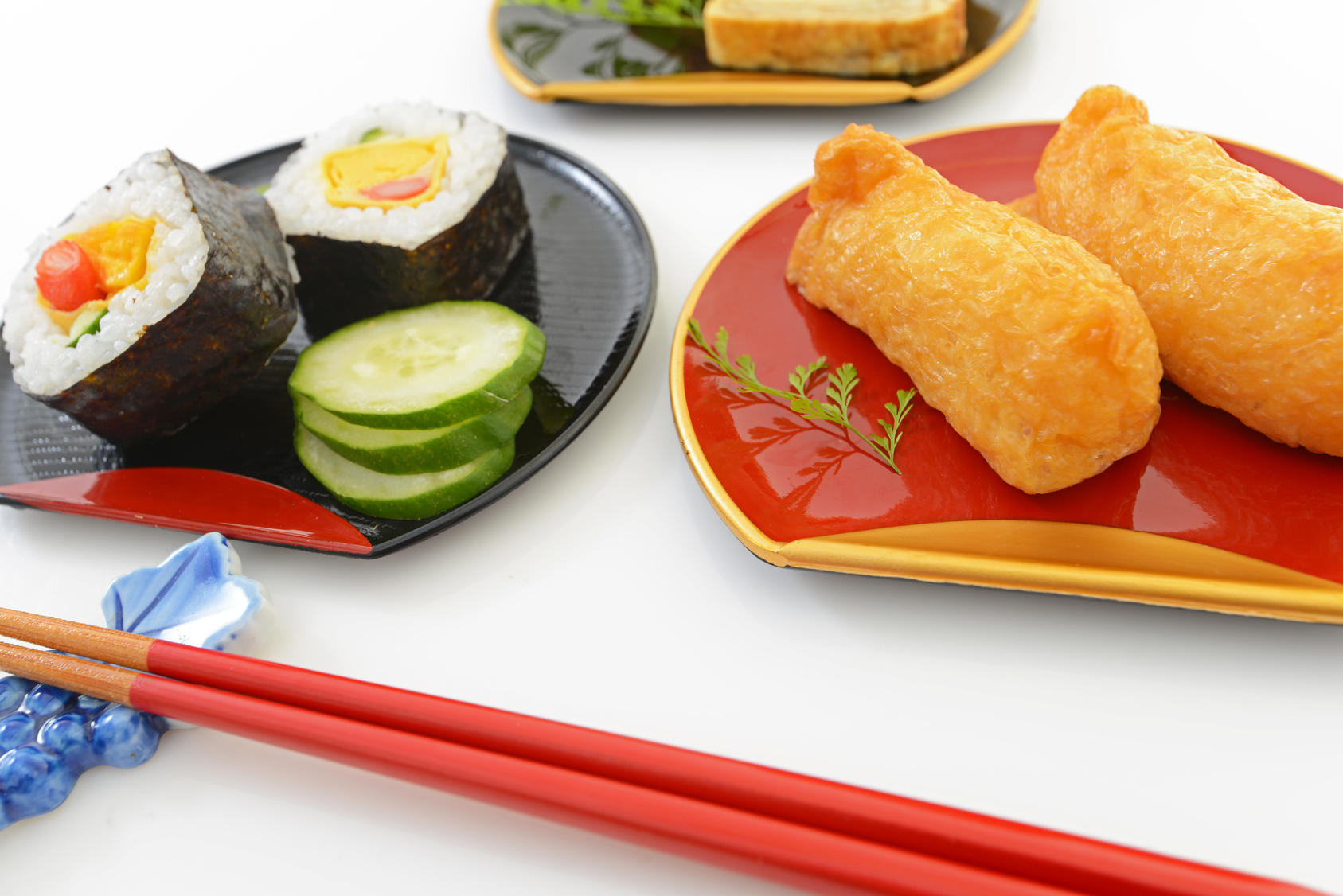
![How to freeze rice balls, storage period, and arranged recipes [use leftover rice]](https://shunkashutou.com/wp-content/uploads/2023/10/2431752695ba1372808f3603c896a5d3.jpg)
![[Be good at saving money! ] Introducing the method and recipe for freezing fried rice](https://shunkashutou.com/wp-content/uploads/2023/10/mayo-tyahan-1024x768-1.jpg)
![[How long does frozen fish and meat last? ] Interesting expiration dates and tips to extend the shelf life](https://shunkashutou.com/wp-content/uploads/2023/08/f124221382987fe32d0ffda6b6f497c1.jpg)
![[With photos] Lemon freezing and storage period, recipes for how to use frozen lemons](https://shunkashutou.com/wp-content/uploads/2023/09/21a01b705aff194717e200bf6dc6ce5b.jpg)
![[Can it be frozen? ] Introducing how to freeze ham and delicious recipes!](https://shunkashutou.com/wp-content/uploads/2023/09/867d7b924bf17d95bedba60a6503e00e.jpg)
![Introducing recipes and methods for freezing and thawing bananas [Explanation with photos! ]](https://shunkashutou.com/wp-content/uploads/2023/07/494e7567627fb35e47ee5cb0e06e142c.jpg)
![How to freeze sweet potatoes, storage period, and 5 recipes! [Explanation with photos! ]](https://shunkashutou.com/wp-content/uploads/2023/10/36256af24531b73a036523ba73bdf9ec.jpg)
![Introducing the method and recipe for freezing shimeji mushrooms [Explanation with photos]](https://shunkashutou.com/wp-content/uploads/2023/09/shimeji-768x510-1.jpg)
![[Can it be frozen? ] Introducing a good way to freeze green peppers and side dish recipes](https://shunkashutou.com/wp-content/uploads/2023/09/30407f106c5c082468c66af0d40c5858.jpg)
![How to freeze zucchini and 5 recipes! [Explanation with photos! ]](https://shunkashutou.com/wp-content/uploads/2023/10/zucchini6-768x512-1.jpg)
![[Freezing for a long time] 3 points to keep in mind when preserving vegetables](https://shunkashutou.com/wp-content/uploads/2023/08/5a2668284473e2bd93d9ade88bad2c0b.jpg)
![[Thorough Guide to Preserving Sweets] Introducing the freezing method, storage period, and thawing method in detail!](https://shunkashutou.com/wp-content/uploads/2023/10/bffcbc0b6e79bb1af6e05b930e11e949.jpg)
![[Delicious frozen squid recipe! ] Tips on how to eat squid deliciously and without waste](https://shunkashutou.com/wp-content/uploads/2023/10/f3bc339b6bcaff01bd8e2aaa4257acfe.jpg)


![How to freeze rice cake, expiry date, and 5 recipes! [Explanation with photos! ]](https://shunkashutou.com/wp-content/uploads/2023/10/bd019f04ad570f697ffefe9ffd2e1e71.jpg)
![[Can it be frozen? ] How to freeze milk, storage period, and 5 recipes!](https://shunkashutou.com/wp-content/uploads/2023/09/d0390cbc7a5e9a76c11d5b9eff3b4a5b.jpg)
![[Explanation with photos! ] How to freeze mackerel fillets and 5 carefully selected recipes!](https://shunkashutou.com/wp-content/uploads/2023/10/bf45f102162a8d43387d3a8d3e538034.jpg)
![[Rapid freezers in 2021] Market Trends and Customer Success Stories](https://shunkashutou.com/wp-content/uploads/2020/12/7F9A9CB9-A494-4E6A-946E-079279C596E6.jpeg)
![Introducing the method and recipe for freezing green onions [Explanation with photos]](https://shunkashutou.com/wp-content/uploads/2023/09/negi5-768x512-1.jpg)
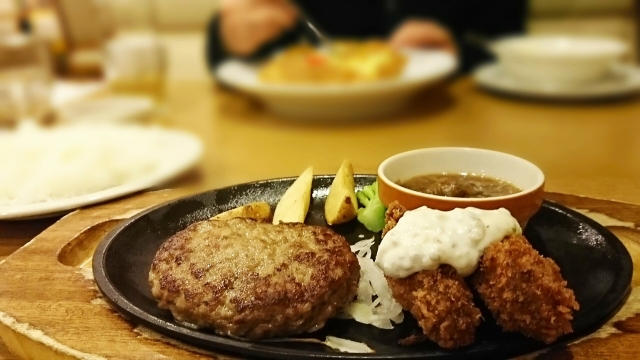
![How to freeze mushroom mushrooms, storage period, and 5 recipes! [Explanation with photos! ]](https://shunkashutou.com/wp-content/uploads/2023/09/4b6ffe2ef040e90085b4ee4f0c3e72a9.jpg)

![[Can it be frozen? ] Introducing recipes and methods for freezing avocados!](https://shunkashutou.com/wp-content/uploads/2023/07/7b25b2d45ff983fca2a15b6ad7edf369-1.jpg)
![How to freeze celery, nutrition, and 5 recipes! [Explanation with photos! ]](https://shunkashutou.com/wp-content/uploads/2023/09/serori-768x512-1.jpg)
![How to freeze chicken, storage period, and 5 recipes! [Explanation with photos! ]](https://shunkashutou.com/wp-content/uploads/2023/08/01f6582931e13522ee0d1ee900be2d1d.jpg)

![How to freeze cucumbers and 5 recipes! [Explanation with photos! ]](https://shunkashutou.com/wp-content/uploads/2023/09/37a83e91a989dfbc285ac11dede7c8c2.jpg)



